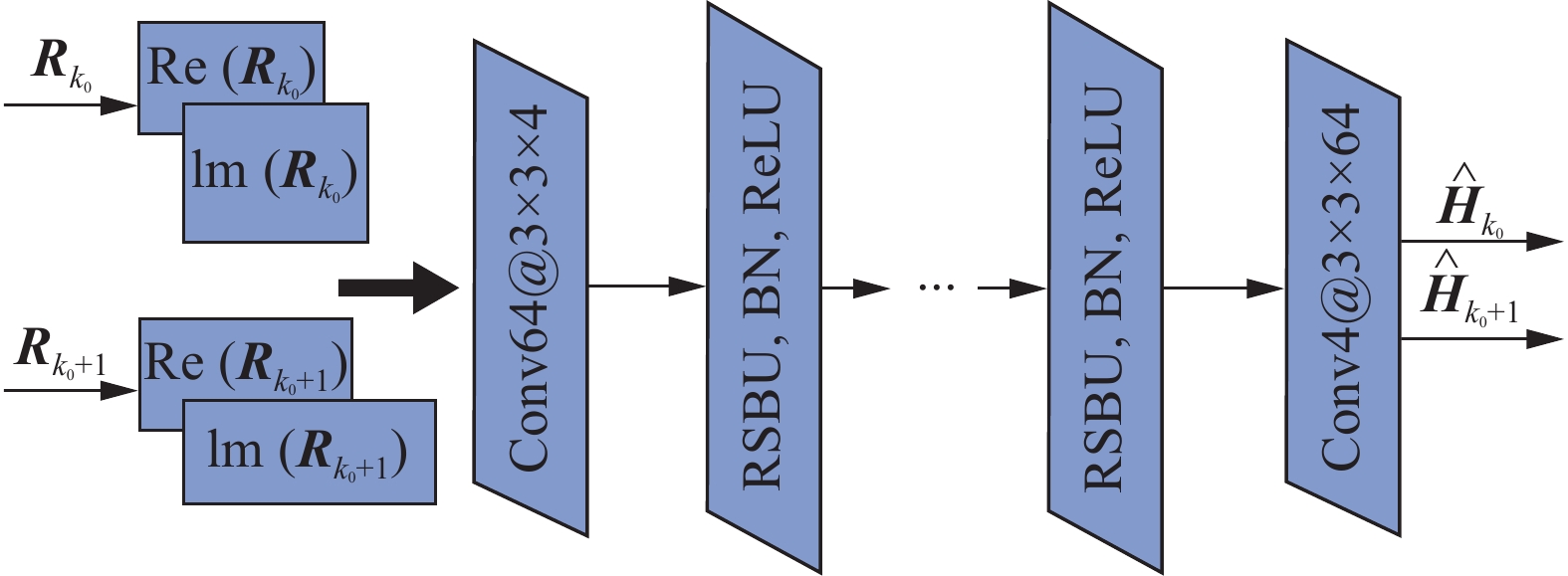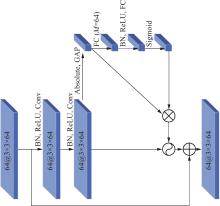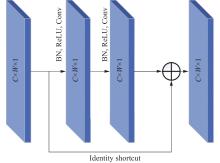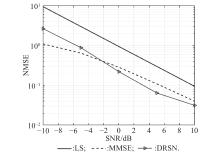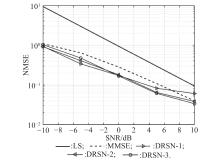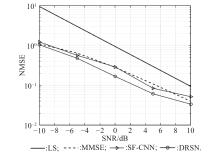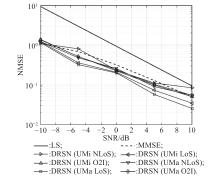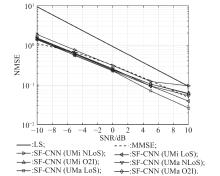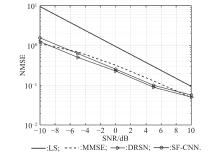| 1 |
ALKHATEEB A, EL AYACH O, LEUS G, et al Channel estimation and hybrid precoding for millimeter wave cellular systems. IEEE Journal of Selected Topics in Signal Processing, 2014, 8 (5): 831- 846.
doi: 10.1109/JSTSP.2014.2334278
|
| 2 |
GAO Z, HU C, DAI L L, et al Channel estimation for millimeter-wave massive MIMO with hybrid precoding over frequency-selective fading channels. IEEE Communications Letters, 2016, 20 (6): 1259.
doi: 10.1109/LCOMM.2016.2555299
|
| 3 |
WANG Y C, XU W, ZHANG H, et al Wideband mmWave channel estimation for hybrid massive MIMO with low-precision ADCs. IEEE Wireless Communications Letters, 2018, 8 (1): 285- 288.
|
| 4 |
ZHOU Z, FANG J, YANG L X, et al Low-rank tensor decomposition-aided channel estimation for millimeter wave MIMO-OFDM systems. IEEE Journal on Selected Areas in Communications, 2017, 35 (7): 1524- 1538.
doi: 10.1109/JSAC.2017.2699338
|
| 5 |
GHAUCH H, KIM T, BENGTSSON M, et al Subspace estimation and decomposition for large millimeter-wave MIMO systems. IEEE Journal of Selected Topics in Signal Processing, 2017, 10 (3): 528- 542.
|
| 6 |
QIN Z, YE H, LI G Y, et al Deep learning in physical layer communications. IEEE Wireless Communications, 2019, 26 (2): 93- 99.
doi: 10.1109/MWC.2019.1800601
|
| 7 |
HE H, WEN C K, JIN S, et al Deep learning-based channel estimation for beamspace mmWave massive MIMO systems. IEEE Wireless Communications Letters, 2018, 7 (5): 852- 855.
doi: 10.1109/LWC.2018.2832128
|
| 8 |
WANG T, WEN C K, JIN S, et al Deep learning-based CSI feedback approach for time-varying massive MIMO channels. IEEE Wireless Communications Letters, 2018, 8 (2): 416- 419.
|
| 9 |
HE H, JIN S, WEN C K, et al Model-driven deep learning for physical layer communications. IEEE Wireless Communications, 2019, 26 (5): 77- 83.
doi: 10.1109/MWC.2019.1800447
|
| 10 |
KANG J M, CHUN C J, KIM I M Deep-learning-based channel estimation for wireless energy transfer. IEEE Communications Letters, 2018, 22 (11): 2310- 2313.
doi: 10.1109/LCOMM.2018.2871442
|
| 11 |
DONG P, ZHANG H, LI G Y. Machine learning prediction based CSI acquisition for FDD massive MIMO downlink. Proc. of the IEEE Global Communications Conference, 2018. DOI: 10.1109/GLOCOM.2018.8647328.
|
| 12 |
JEON Y S, HONG S N, LEE N. Blind detection for MIMO systems with low-resolution ADCs using supervised learning. Proc. of the IEEE International Conference on Communications , 2017. DOI: 10.1109/ICC.2017.7997434.
|
| 13 |
SOLTANI M, POURAHMADI V, MIRZAEI A, et al Deep learning-based channel estimation. IEEE Communications Letters, 2019, 23 (4): 652- 655.
doi: 10.1109/LCOMM.2019.2898944
|
| 14 |
DONG P, ZHANG H, LI G Y, et al Deep CNN-based channel estimation for mmWave massive MIMO systems. IEEE Journal of Selected Topics in Signal Processing, 2019, 13 (5): 989- 1000.
doi: 10.1109/JSTSP.2019.2925975
|
| 15 |
JIANG P, WEN C K, JIN S, et al Dual CNN-based channel estimation for MIMO-OFDM systems. IEEE Trans. on Communications, 2021, 69 (9): 5859- 5872.
doi: 10.1109/TCOMM.2021.3085895
|
| 16 |
MARINBERG B, COHEN A, BEN-DROR E, et al. A study on MIMO channel estimation by 2D and 3D convolutional neural networks. Proc. of the IEEE International Conference on Advanced Networks and Telecommunications Systems, 2020. DOI:10.1109/ANTS50601.2020.9342797.
|
| 17 |
GE L J, GUO Y C, ZHANG Y, et al Deep neural network based channel estimation for massive MIMO-OFDM systems with imperfect channel state information. IEEE Systems Journal, 2021, 16 (3): 4675- 4685.
|
| 18 |
ZHANG J, MA X L, QI J, et al Designing tensor-train deep neural networks for time-varying MIMO channel estimation. IEEE Journal of Selected Topics in Signal Processing, 2021, 15 (3): 759- 773.
doi: 10.1109/JSTSP.2021.3051490
|
| 19 |
ZHAO M H, ZHONG S S, FU X Y, et al Deep residual shrinkage networks for fault diagnosis. IEEE Trans. on Industrial Informatics, 2019, 16 (7): 4681- 4690.
|
| 20 |
DAHLMAN E, PARKVALL S, SKOLD J. 5G NR: the next generation wireless access technology. Cambridge: Academic Press, 2020.
|
| 21 |
HE K M, ZHANG X Y, REN S Q, et al. Deep residual learning for image recognition. Proc. of the IEEE Conference on Computer Vision and Pattern Recognition, 2016: 770−778.
|
| 22 |
CHEN L, DAI X R, ZHANG X F Joint angle and frequency estimation for linear array: an extended DOA-matrix method. Journal of Systems Engineering and Electronics, 2022, 33 (4): 887- 895.
doi: 10.23919/JSEE.2022.000086
|
| 23 |
SUN S L, LIU S, WANG J, et al Joint polarization and DOA estimation based on improved maximum likelihood estimator and performance analysis for conformal array. Journal of Systems Engineering and Electronics, 2023, 34 (6): 1490- 1500.
doi: 10.23919/JSEE.2023.000048
|
 ), Qingfeng JING(
), Qingfeng JING( ), Weizhi ZHONG(
), Weizhi ZHONG( )
)



